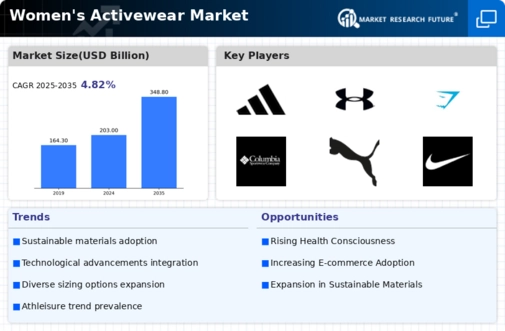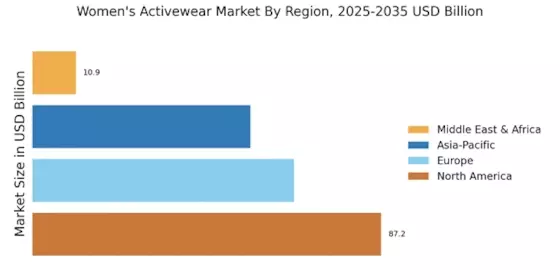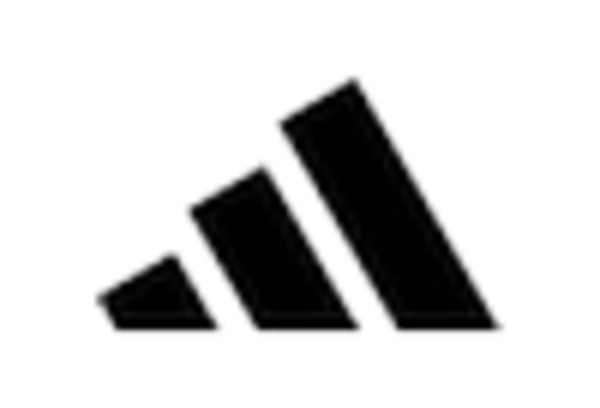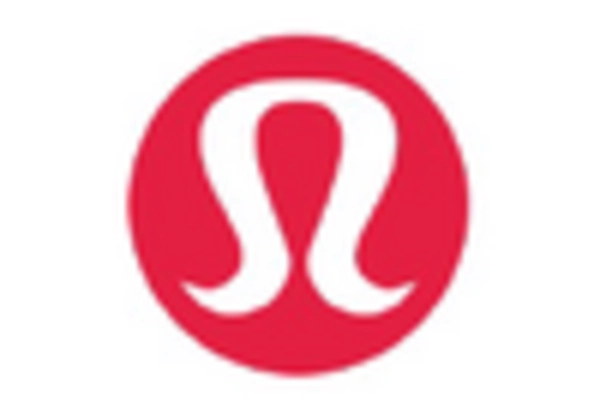The Women’s Activewear Market is a dynamic and rapidly evolving sector that reflects changes in consumer behavior, lifestyle preferences, and fashion trends. As more women participate in sports and fitness activities, the demand for innovative and high-quality activewear has surged. This market is characterized by intense competition among several well-established brands, each vying for market share through product differentiation, marketing strategies, and sustainability initiatives. Competitive insights reveal that brands are increasingly focusing on endorsement deals with athletes and influencers, leveraging e-commerce platforms for direct consumer engagement, and adopting eco-friendly practices to attract environmentally conscious consumers.
Moreover, technological advancements in fabric and garment manufacturing continue to drive innovation, pushing brands to enhance performance attributes while also addressing style and comfort.
Adidas holds a prominent position in the Women’s Activewear Market, recognized for its strong brand reputation, extensive product range, and commitment to quality. The company's presence is underscored by a well-established distribution network, which spans both physical retail and online platforms, making its products accessible to a wide audience. Adidas leverages cutting-edge technology and innovation to enhance the functionality and style of its women's activewear, offering a variety of options from yoga to running gear. The brand also emphasizes sustainability practices, aligning its product development with ethical manufacturing processes and the reduction of environmental impact.
Additionally, Adidas has successfully built partnerships with fitness influencers and athletes, which not only boosts visibility but also reinforces trust and authenticity among consumers. Such strategic initiatives place Adidas in a competitive position, appealing strongly to the modern female consumer seeking quality activewear.
Zella is another notable player in the Women’s Activewear Market, gaining traction with its unique blend of performance-driven design and fashion-forward aesthetics. The brand has carved a niche within the market by offering stylish yet functional activewear that resonates with a diverse range of consumers. Zella's market presence is largely driven by its association with well-known retail chains, ensuring significant visibility and accessibility for its products. The brand's strengths lie in its ability to seamlessly integrate comfort, durability, and trendsetting styles, which cater to the active yet fashionable women of today.
Furthermore, Zella frequently utilizes social media marketing and influencer collaborations to engage with its target demographic, building a community around its active lifestyle ethos. This multi-faceted approach to brand positioning allows Zella to maintain competitiveness in the ever-expanding landscape of women's activewear, appealing to consumers who prioritize both performance and style in their fitness apparel choices.


















Leave a Comment